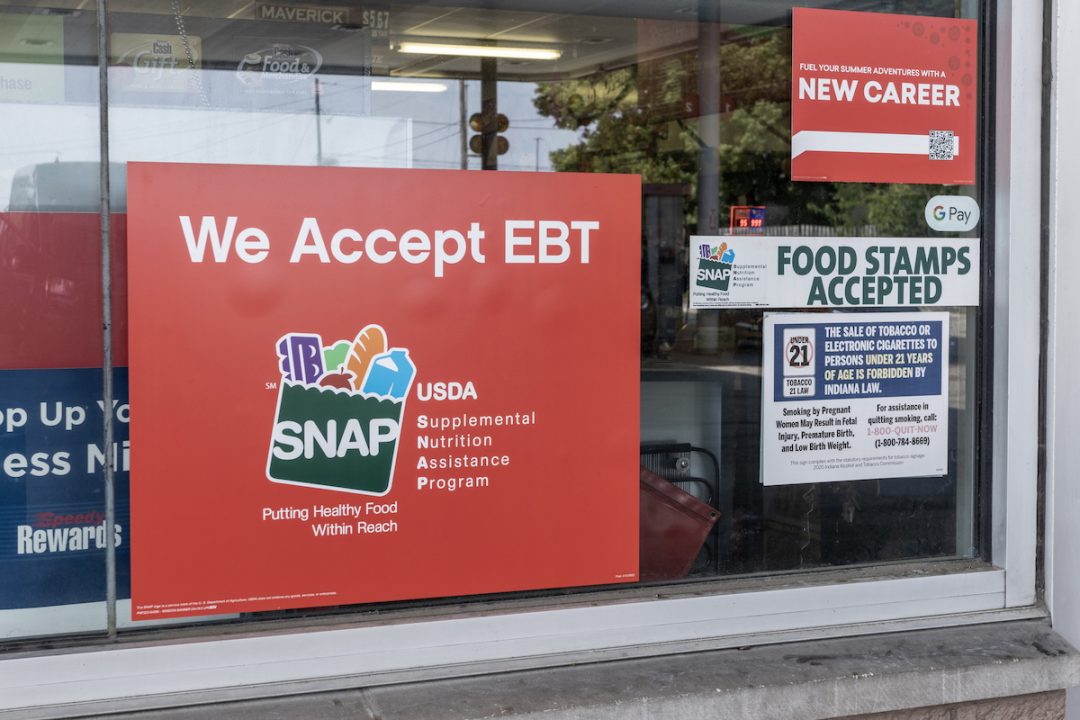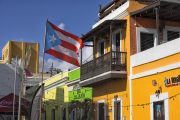
Roughly 42 million Americans are set to lose food assistance next month unless Congress restores funding authority for the Supplemental Nutrition Assistance Program (SNAP). The U.S. Department of Agriculture (USDA) confirmed in an official notice on its website,
At this time, there will be no benefits issued November 01.
While the federal government was never meant to serve as a direct provider of food, many households now rely on this safety net. With that support under threat, food banks are bracing for increased demand, and several states and localities are introducing measures to assist residents in the absence of federal aid.
This situation, in which a single political impasse can jeopardize the basic needs of millions, underscores the enduring importance of self-reliance and community support. It also stands as a sober reminder of the vulnerabilities that accompany dependence on a large centralized government.
The Notice
The USDA issued a blunt message to millions of Americans relying on food aid:
Senate Democrats have now voted 12 times to not fund the food stamp program, also known as the Supplemental Nutrition Assistance Program (SNAP). Bottom line, the well has run dry. At this time, there will be no benefits issued November 01. We are approaching an inflection point for Senate Democrats. They can continue to hold out for healthcare for illegal aliens and gender mutilation procedures or reopen the government so mothers, babies, and the most vulnerable among us can receive critical nutrition assistance.
The unusually political tone of the statement, echoing that of other agencies, drew immediate attention. Several observers suggested that such language may breach federal ethics and communication standards. They warned it could violate the Hatch Act and Anti-Lobbying Act, which prohibit the use of official government channels for partisan messaging. At the same time, many noted that the announcement was also factually misleading, as undocumented immigrants are not eligible for federally funded healthcare.
Rhetoric aside, the agency also said last week it will not use the $5 billion contingency fund to sustain SNAP payments during the shutdown. As reported by Politico, in an internal memo, the department elaborated on its position, saying,
SNAP contingency funds are only available to supplement regular monthly benefits when amounts have been appropriated for, but are insufficient to cover, benefits. The contingency fund is not available to support FY 2026 regular benefits because the appropriation for regular benefits no longer exists.
The USDA added that the fund must remain available for natural disasters. It cited Hurricane Melissa in the Caribbean as a current example. It also warned that transferring money from other nutrition programs would risk school meals and infant formula funding.
Even if states want to intervene, they cannot legally cover SNAP benefits and seek reimbursement afterward, the memo noted. It stressed, “The best way for SNAP to continue is for the shutdown to end.”
States
Even though the USDA will not reimburse states for costs incurred while the federal program is paused, several states are stepping in to fill the gap.
Many have already warned households that November SNAP benefits may not arrive if the shutdown continues. At least 36 states have flagged potential interruptions in assistance. According to Newsweek, state governments across the country are adopting different strategies to keep food aid flowing — or at least to lessen the impact on residents who rely on it.
In Virginia, Republican Governor Glenn Youngkin announced that the state will continue paying SNAP benefits despite the federal freeze.
Louisiana followed suit, with Governor Jeff Landry, also a Republican, declaring a state of emergency. He authorized state funds to cover SNAP payments through November 4.
In California, home to the nation’s largest SNAP population, Governor Gavin Newsom announced the state is fast-tracking $80 million in support for food banks. He is also deploying the California National Guard to assist with food distribution.
Colorado’s Democratic Governor Jared Polis has requested $10 million from the state’s general fund to support food banks. His counterparts in Minnesota and New Mexico have taken similar steps. New York Governor Kathy Hochul announced $30 million in state funding to support “over 16 million meals” for affected residents.
In addition, some states are threatening legal action. In Vermont, Republican Governor Phil Scott announced on Monday that there is “bipartisan support” among governors to pressure the USDA to “release contingency funding it has available for emergencies.” He added that his office is working with the state attorney general to explore joining a multi-state legal action.
Food Banks
Charitable food networks were already operating under strain before the shutdown. Yet the halt in federal funding is pushing them close to the breaking point. According to the Associated Press, pantries across the country are scrambling to meet demand, with volunteers and supplies stretched thin. In Indianapolis, Central Christian Church’s pantry reported serving nearly double its normal volume in a single day.
Feeding America, the nation’s largest hunger-relief network, posted on September 30 that uncertainty began “immediately for millions” once Congress failed to pass a funding bill beyond October. It stated,
At a time when 47 million people in the United States face hunger, any missed paycheck or prolonged shutdown could mean families, federal workers and seniors face impossible choices they never expected to make.
Feeding America’s CEO, Claire Babineaux-Fontenot, described the potential loss of SNAP benefits as “cataclysmic.” She warned that
families everywhere are on the brink of, or have already been forced to make, impossible choices between food and other necessities like housing and health care.
The organization found earlier this year that the national food budget shortfall has grown for the third consecutive year, averaging $22.37 per person per week. That serves as a clear sign that the charitable food system is under sustained pressure.
Reports indicate that inflation, supply-chain challenges, and the loss of federal aid drive the pressure on food banks and pantries.
The federal food stamp/SNAP program, which was supposed to eliminate hunger for the truly needy, has created a culture of dependency. The ultimate solution is a return of responsibility to local governments and private charity as the best way to help those truly in need.





